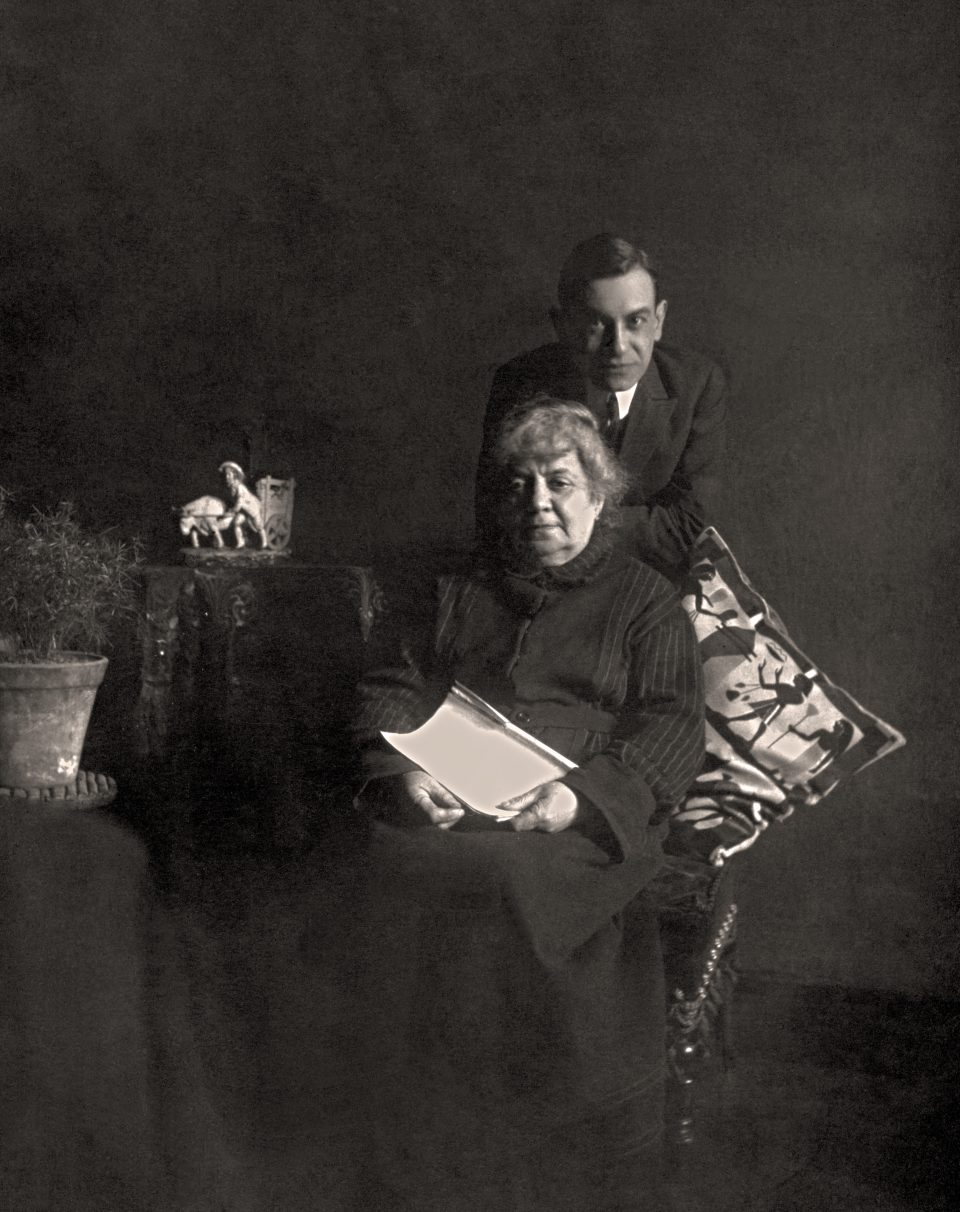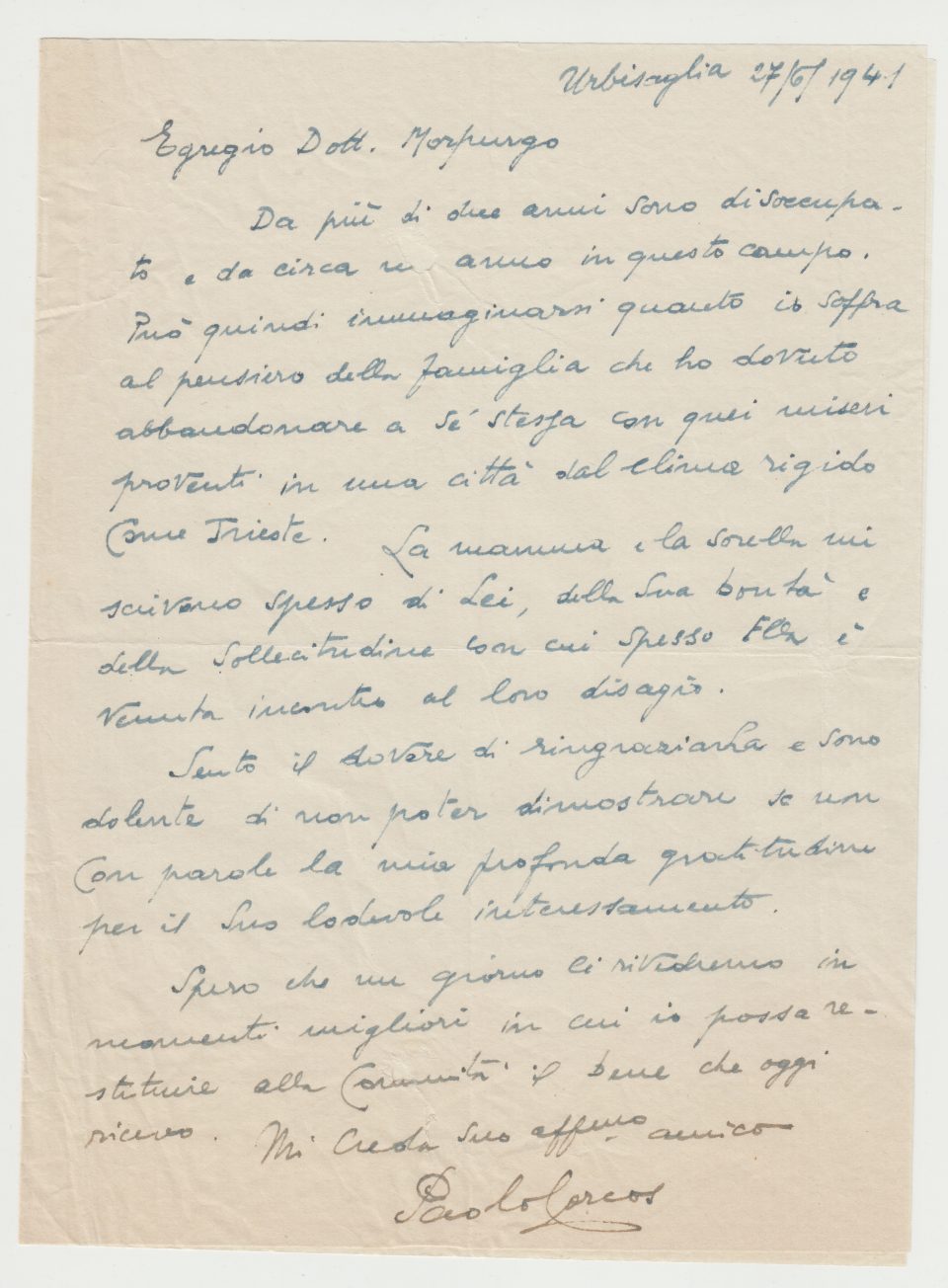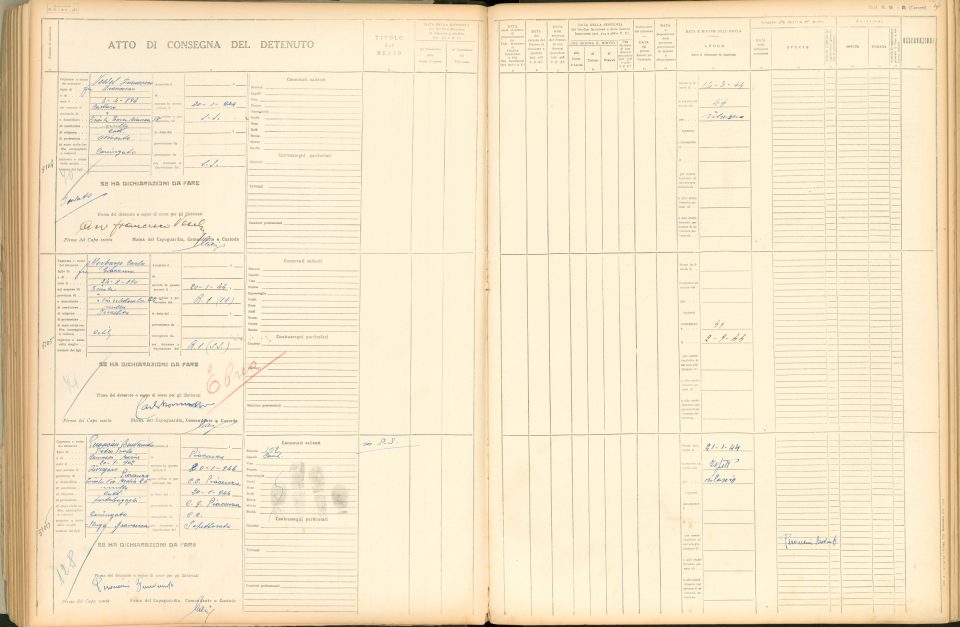

Carlo Nathan Morpurgo was born in Trieste, the son of Giacomo Morpurgo and Giuseppina Gentilli, on 24 August 1890.
He graduated in law in Graz and later worked first for Assicurazioni Generali and then for Banca Commerciale.
Aware since the early twenties of the rise of anti-Semitism throughout Europe, he immediately engaged in the rescue of emigrants passing through Trieste and through the “Committee of assistance for Jewish emigration” active in Via del Monte, helped thousands of Jewish refugees fleeing from central-eastern Europe.
Losing his job in the bank because of the racial laws, he was chosen as secretary of the Jewish Community of Trieste and in this capacity he was a point of reference for coreligionists in the period of persecution. He helped hundreds of people cope with the difficult situations they had to go through, for example having lost their jobs, or being interned in fascist camps, or once again finding themselves forced to emigrate to safer places. He combined goodness of heart with great intelligence.
After the devastation of the synagogue on July 18, 1942, by fascists, Morpurgo decided to hide the Torah scrolls, ceremonial silverware and the community archive in a room of the Temple not clearly identifiable on its plan, thus saving them from looting. The Nazis, in fact, who later used the Synagogue as a deposit for goods stolen from Jewish Trieste, did not find the hiding place, having been the door of the room hidden behind a wardrobe.

After September 8, 1943, Carlo Morpurgo remained alone to hold the helm of the Community, having found all the members of the council found refuge abroad.
As an additional precaution, he entrusted to Bishop Antonio Santin the Torah scroll used before the occupation and the Patents of Maria Theresa of Austria, two very symbolic objects, one of the religious dimension and the other of the historical dimension of the Community.
On 20 January 1944 he was arrested by the SS and taken to the Coroneo Prison, where he was detained for eight months and where he probably underwent heavy interrogations, given the role he played in the Community.
He was deported on September 2, 1944 to Auschwitz-Birkenau, where he arrived on September 7 and died on November 4.
In 2016 the Province of Trieste awarded a Silver Seal to his memory.
In 2018, Gunter Demnig laid his Stumbling Block under the portico of the Synagogue, where the offices where he worked tirelessly as long as he could. It was the first Stolperstein to be installed in Trieste.
CREDITS AND SOURCES
Photographs:
Portrait of Carlo Morpurgo by Vittorio Bolaffio – ERPAC – Servizio Musei e Archivi Storici. Photo Library of the Provincial Museums of Gorizia
Carlo Morpurgo with his mother Giuseppina Gentilli Morpurgo – Mauro Tabor Private Archive, Trieste
40s passport photos – CDEC Foundation Milano Photo Library
Images of the MISRAD (Committee for Assistance to Jewish Emigration) of Trieste in Via del Monte 7 at the end of the twenties – Historical Archive of the Jewish Community of Trieste
Letters written to Morpurgo by internees in fascist camps – Historical Archive of the Jewish Community of Trieste
Project of the Synagogue of Via San Francesco architects Ruggero and Arduino Berlam – Historical Archive of the Jewish Community of Trieste
Photograph of the Synagogue in the Thirties – Historical Archive of the Jewish Community of Trieste
Images of the devastation of the Synagogue – Historical Archive of the Jewish Community of Trieste
Entrance registration number to the Coroneo Prison – State Archives of Trieste
Installation of his Stumbling Stone, 23 January 2018 – Museum of the Jewish Community of Trieste “Carlo and Vera Wagner”
Sources:
Digital Library CDEC: Carlo Natan Morpurgo
Carlo Morpurgo’s profile at Yad Vashem